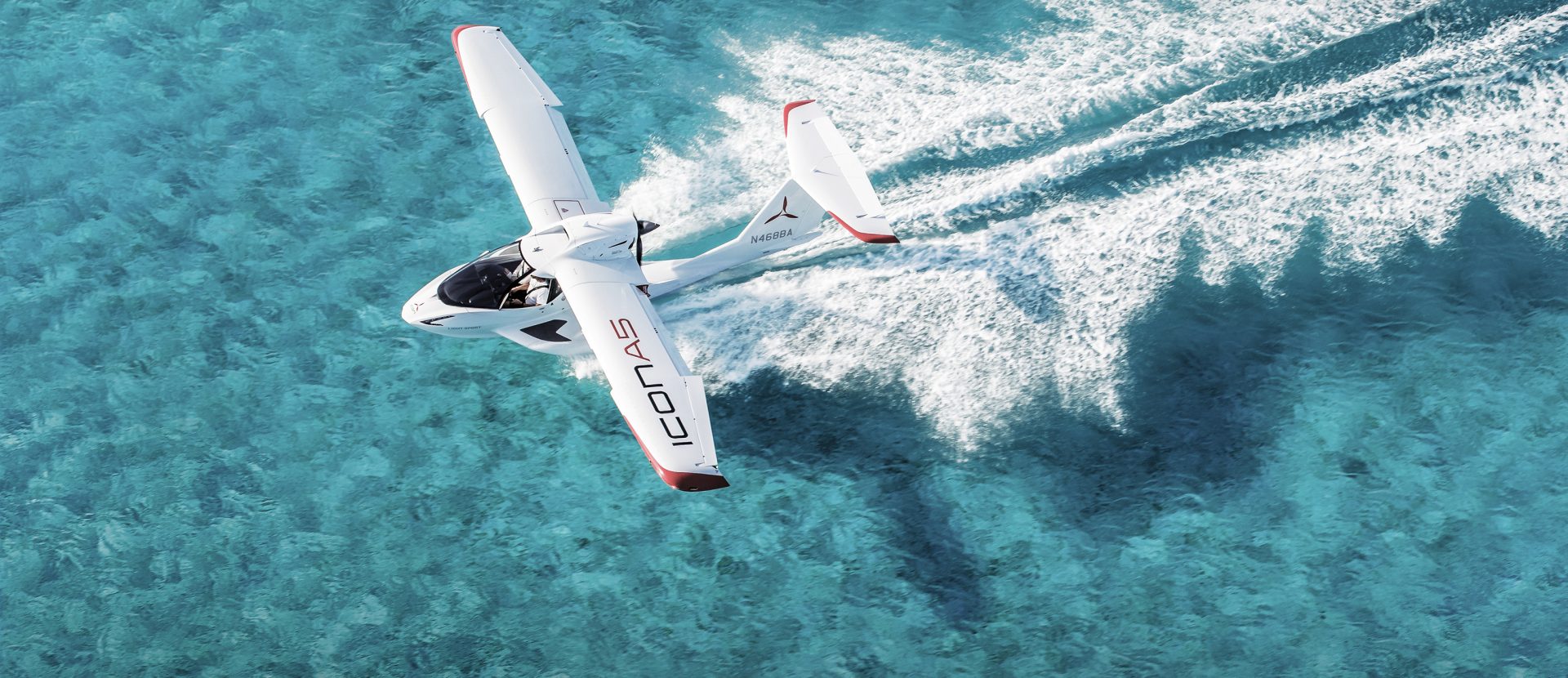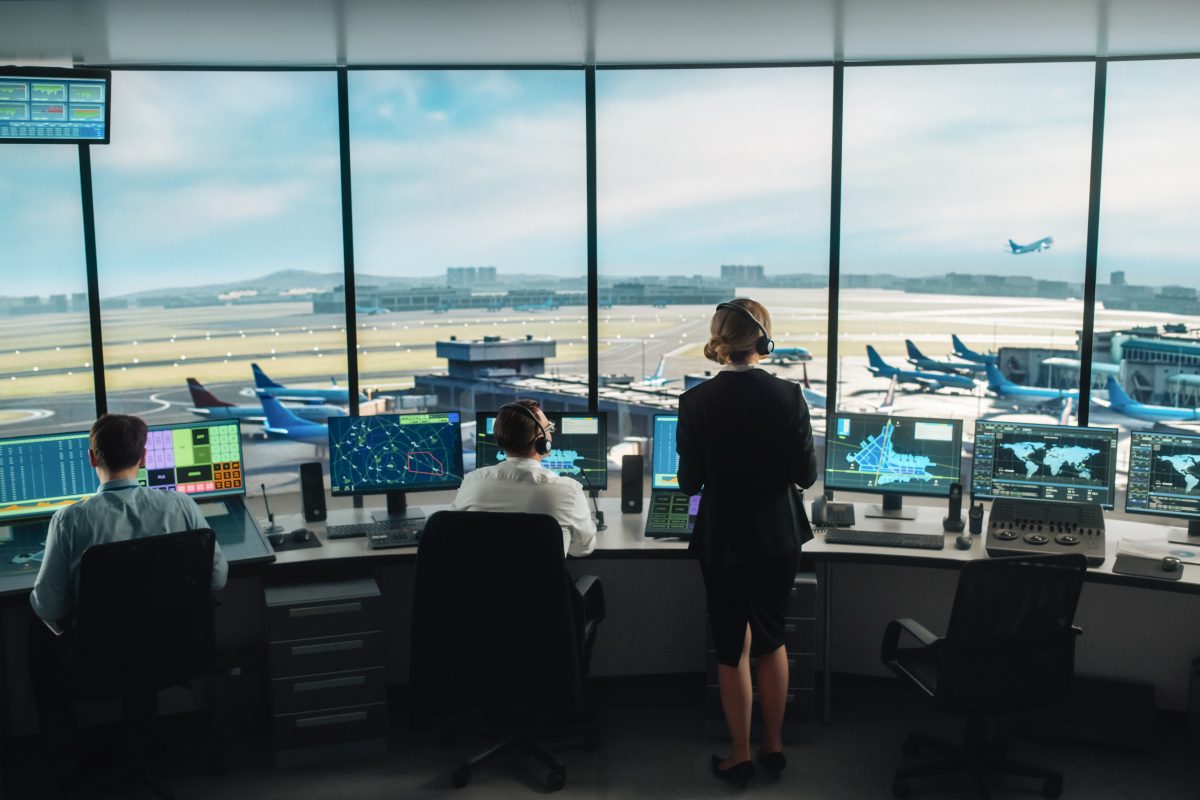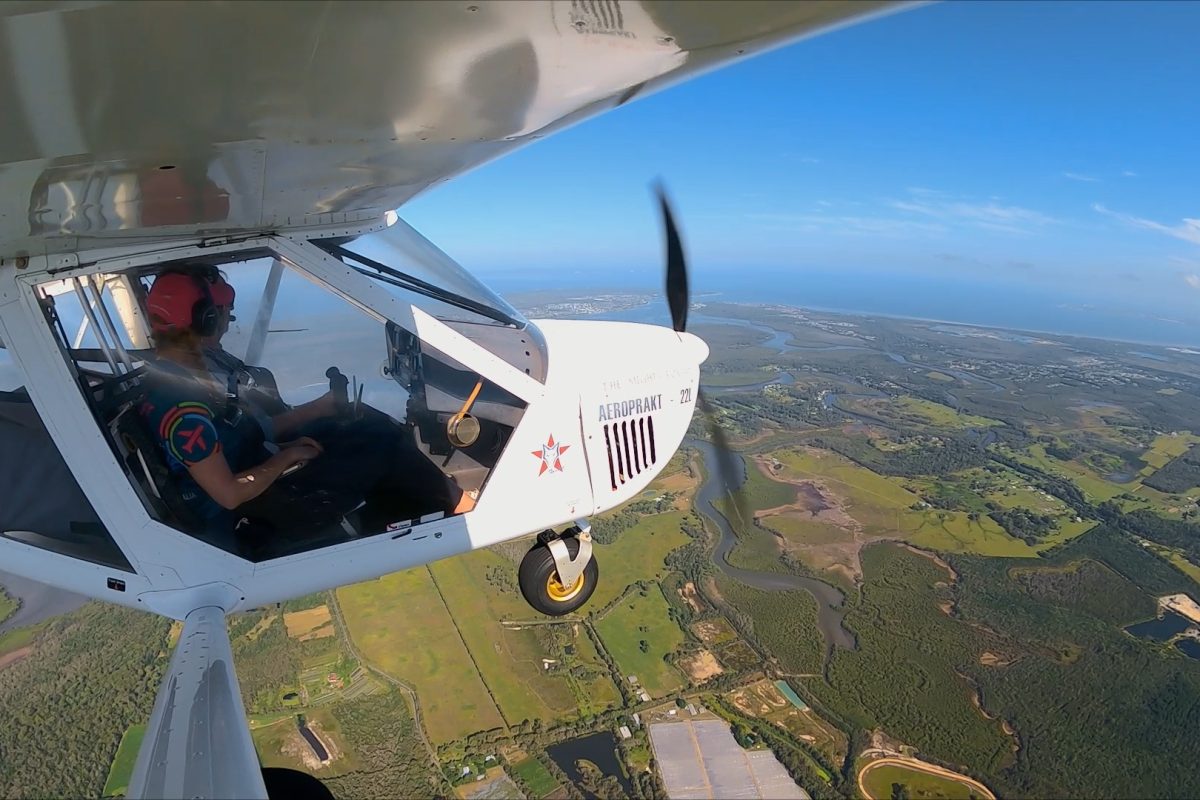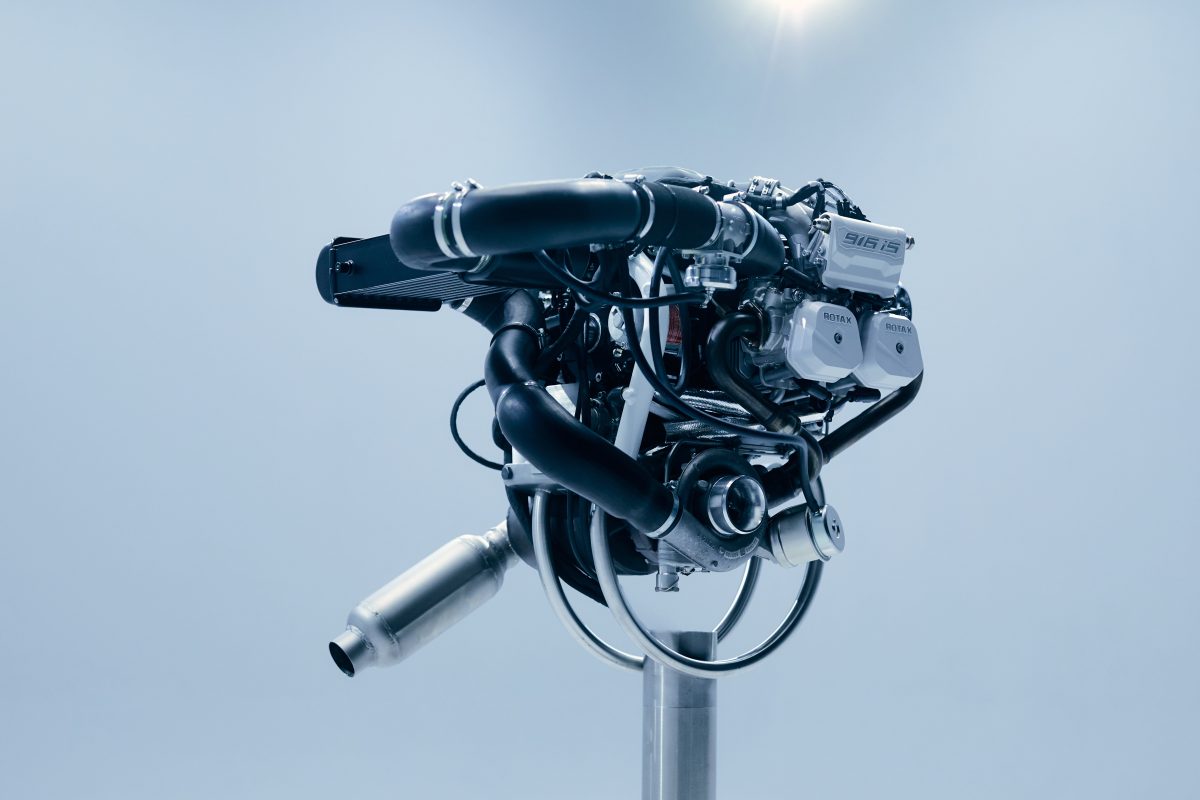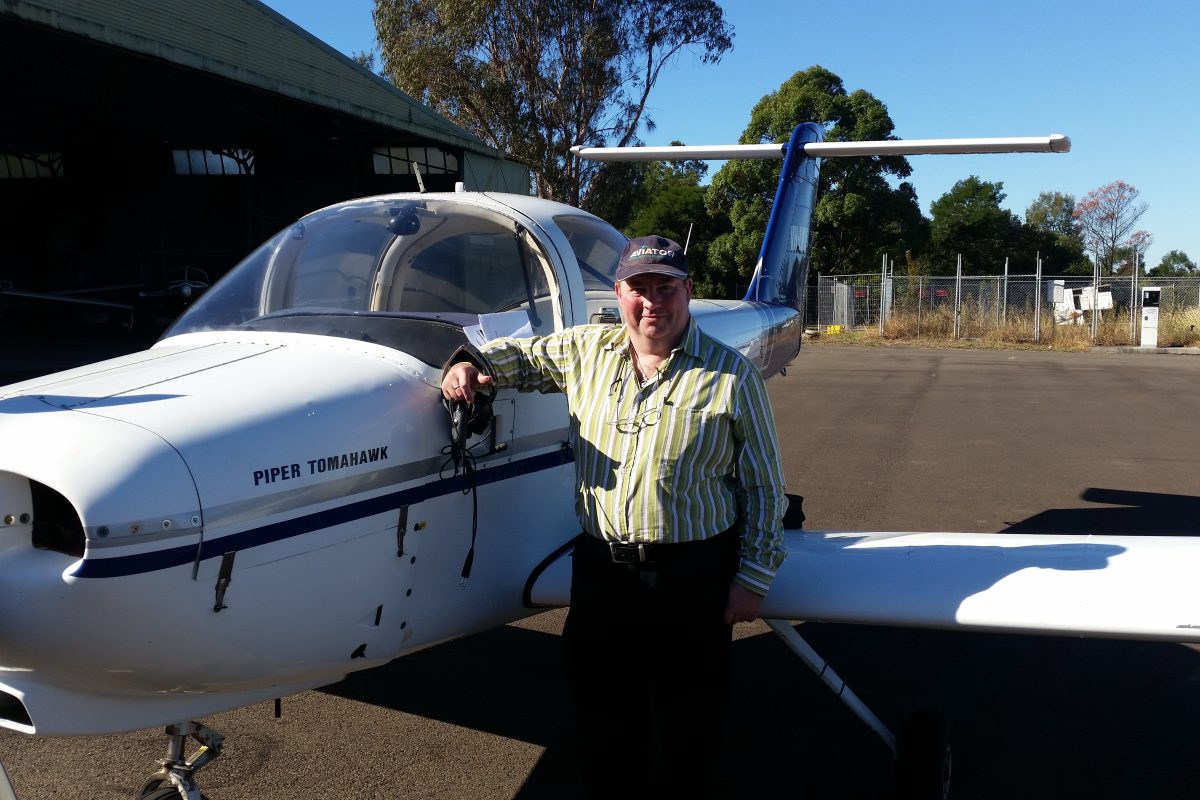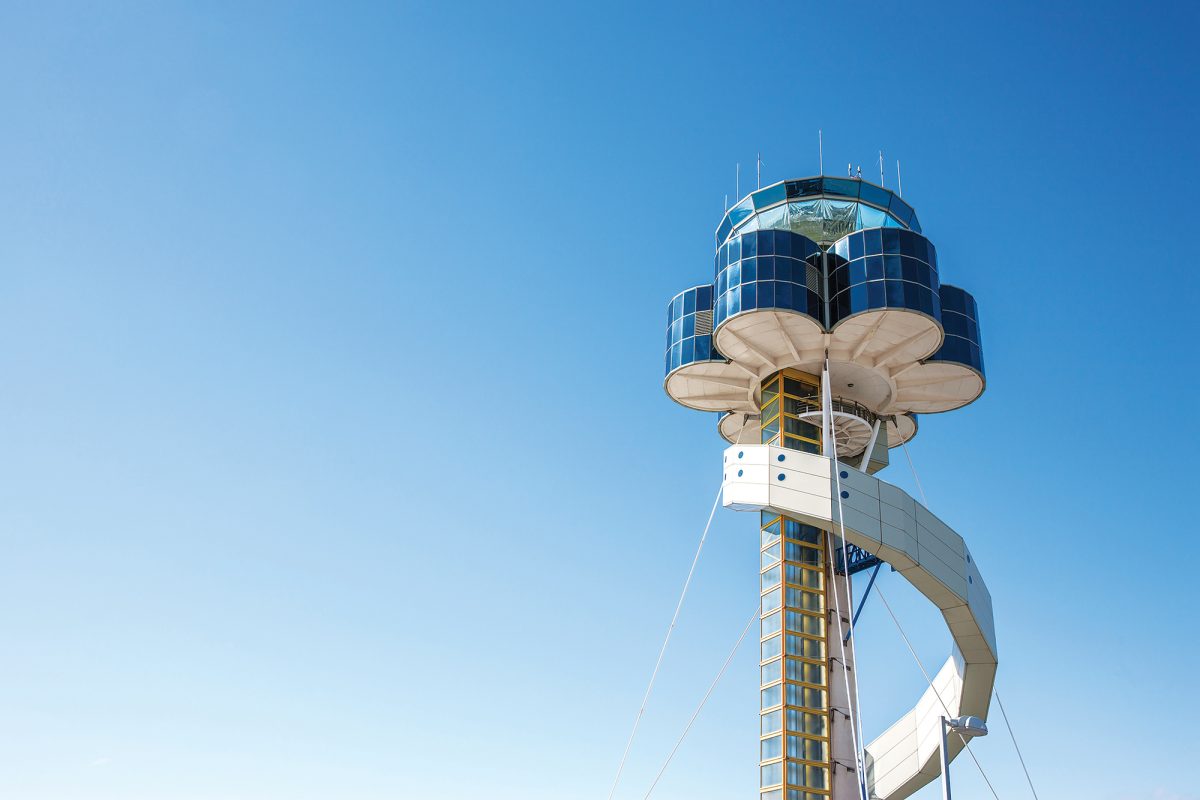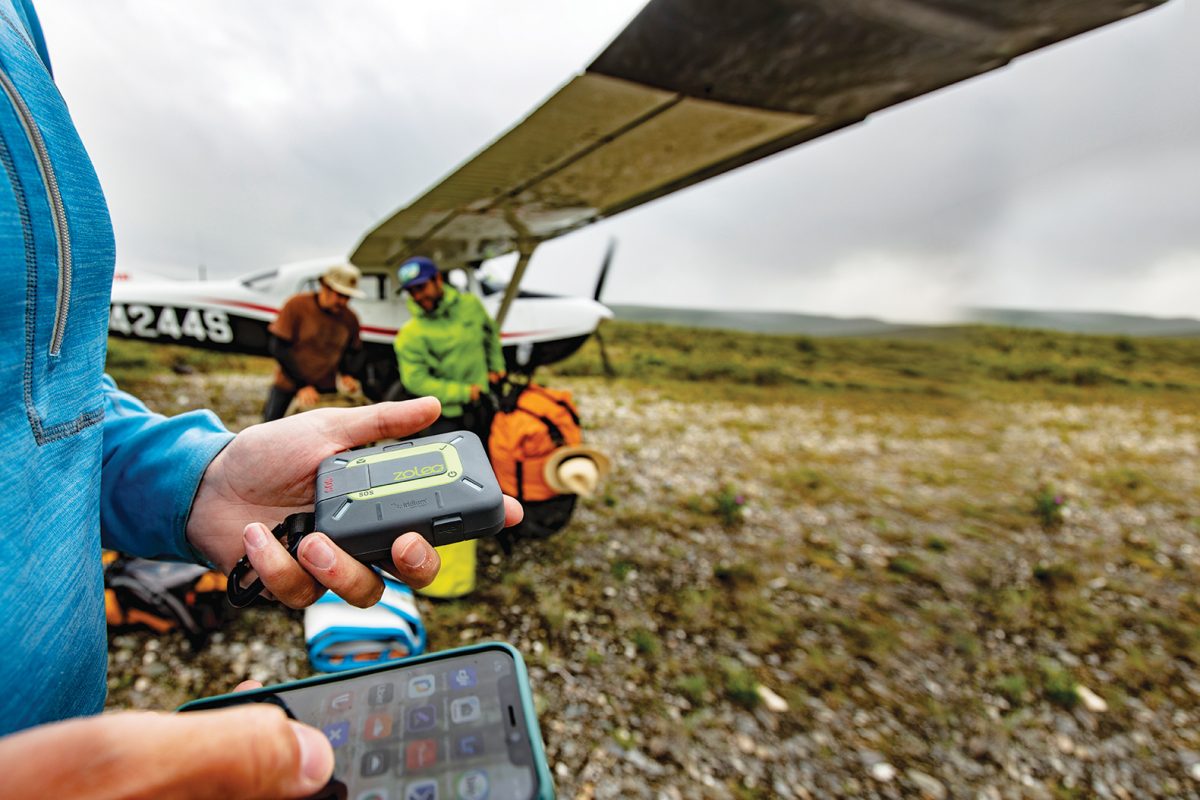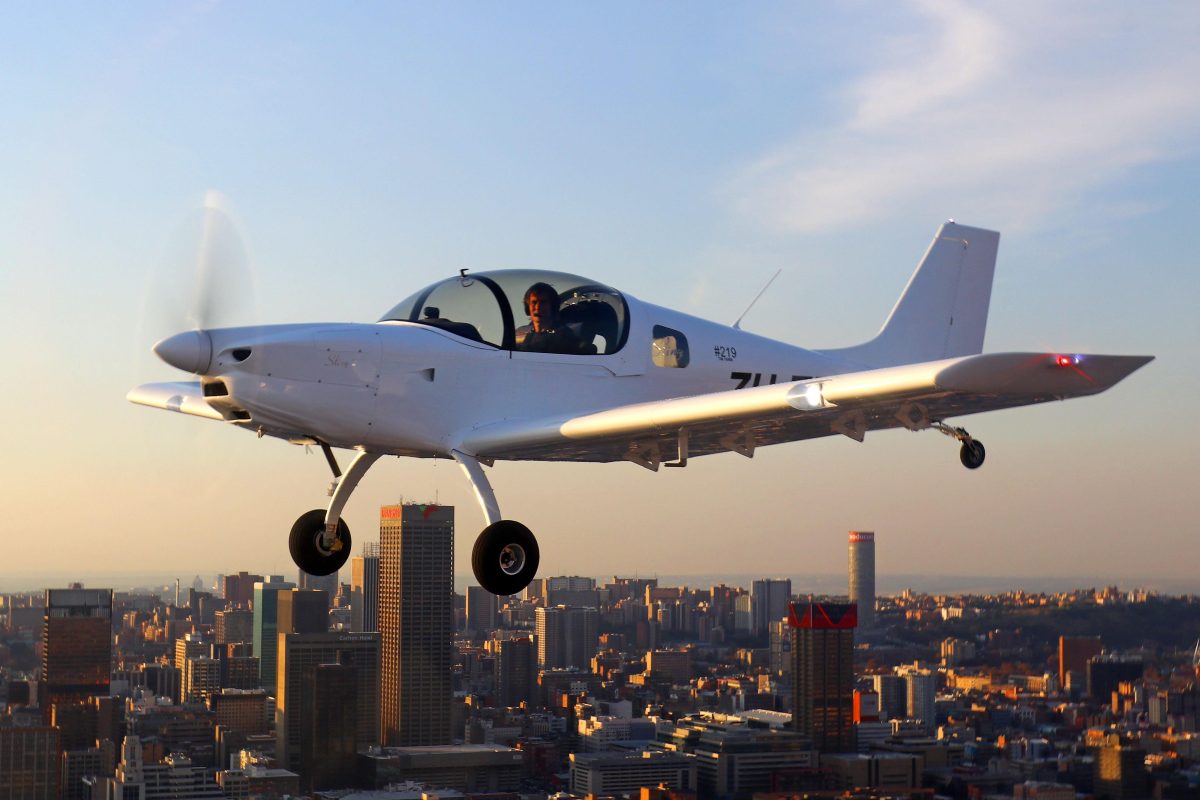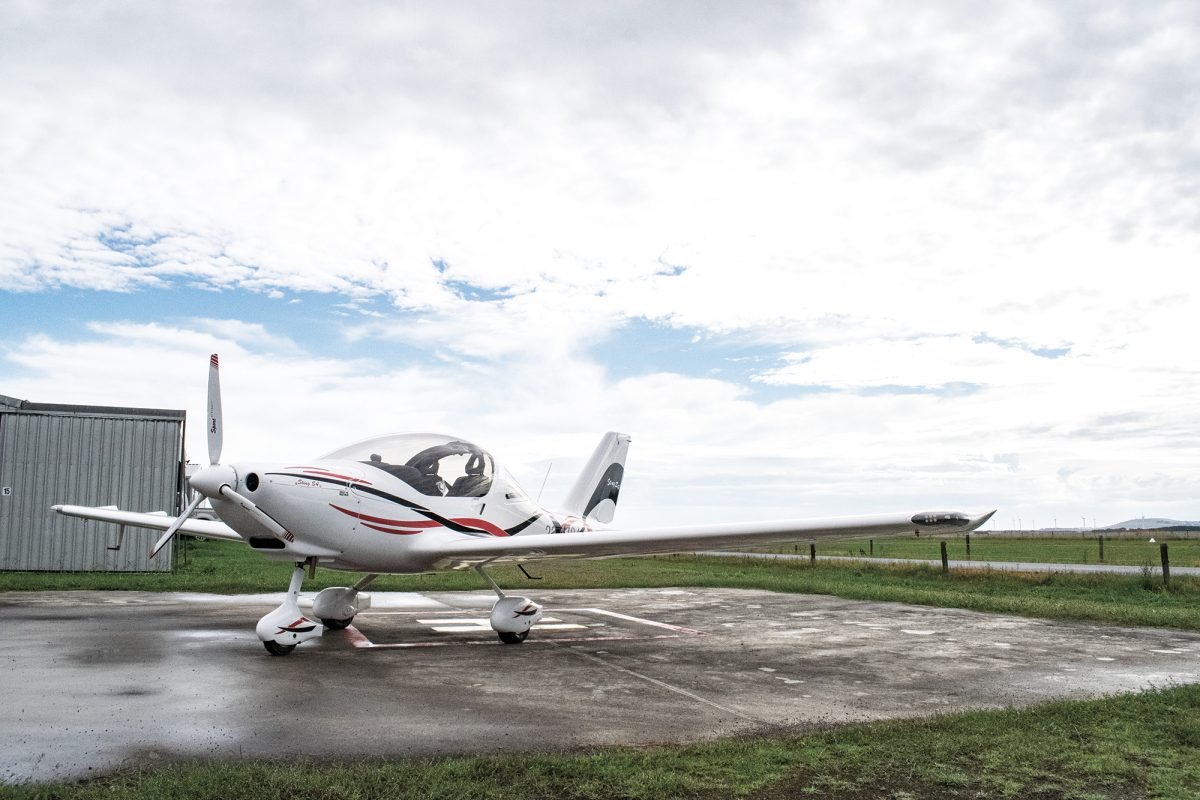CFI JAMES STEWART REFLECTS ON THE JOYS AND CHALLENGES OF WATER-BASED FLYING
Warnervale Airport (YWVA) is located three miles from the huge Tuggerah Lake, the southernmost of a system of enclosed waterways, arguably the most suitable environment for seaplane flying in the country.
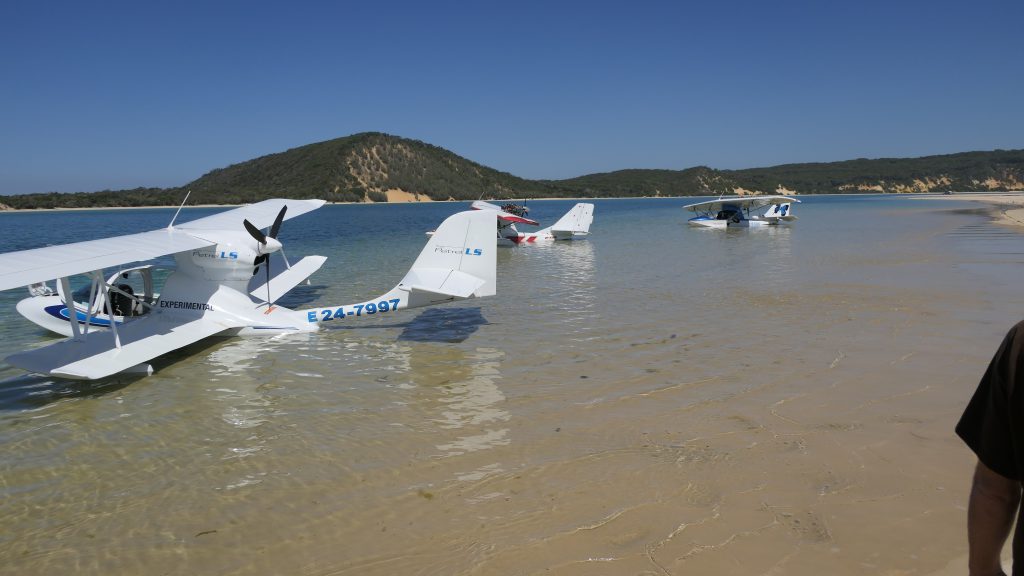
Immediately to the north of Warnervale Airport are two smaller lakes – both a good size for seaplane operations – and immediately to the north again is Lake Macquarie. The three nearby lakes are devoid of adjacent high ground, although there is a cluster of masts at the end of a peninsula to illustrate the need for constant vigilance in seaplane operations. There is very little marine traffic.
On parts of the shore of one lake are high trees to enable practice approaches and take-offs over obstacles. On the shores of Lake Macquarie is the former RAAF seaplane base at Rathmines. Facilities at Rathmines include a ramp of ample size for RAAus seaplanes; after all it was used to launch and retrieve Sunderland and Catalina flying boats in World War II. Abutting the ramp is a huge concrete area and within a few minutes’ walk is a small shopping centre with all the facilities available for coffee and lunch. All those waterways are within ready striking distance of Warnervale Airport.
Established seven years ago, Cloud 9 Recreational Aviation has since been conducting ab initio and advanced training from Warnervale Airport. Cloud 9 will soon be changing focus to take advantage of this unique environment by offering “floating hull” endorsements. This may involve a re-badge of the trading name to “Aerofloat”, but other than a proposed change of name, the FTS will remain the same. The Super Petrel LS with an in-flight adjustable propeller and a reversing option will be employed for training.
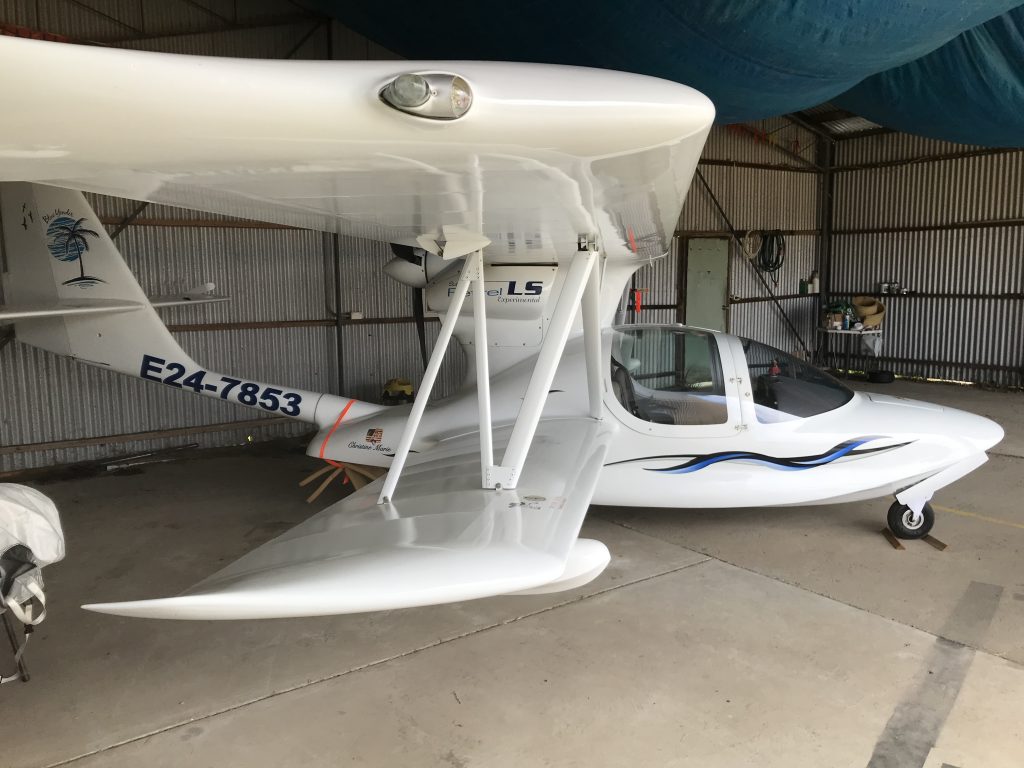
Seaplane flying is without doubt the most rewarding and satisfying of all types of flying. The thrill of landing on water is like no other: exploring waterways and pulling up to a remote beach for a picnic or to fish are just some of the unique benefits of water flying.
However, the freedom of this type of operation carries with it grave responsibilities. Caution and good judgment are paramount. Planning landings and take-offs takes on a completely different perspective – maintaining legal separation from the shore, boats and swimmers, is one consideration. But you need to watch for bluffs or headlands along the take-off and landing run, which may cause confused water or wind conditions. You need to keep an eye out for high-tension wires, logs or sand bars on or just below, or pile markers protruding above the surface.
The best approach or take-off run has regard to the very important consideration of “fly neighbourly” — the best take-off direction to maximise the ability to effect a landing in the event of an engine failure shortly after take-off, mixed with consideration of a boat wake or nearby vessel, which may conflict with the take-off or landing. What do the surface conditions tell me about the wind strength, direction and wave height? Is the wave height within the limitations of the aircraft? What is the best approach or take-off pathway to achieve optimal terrain clearance? There are so many questions!
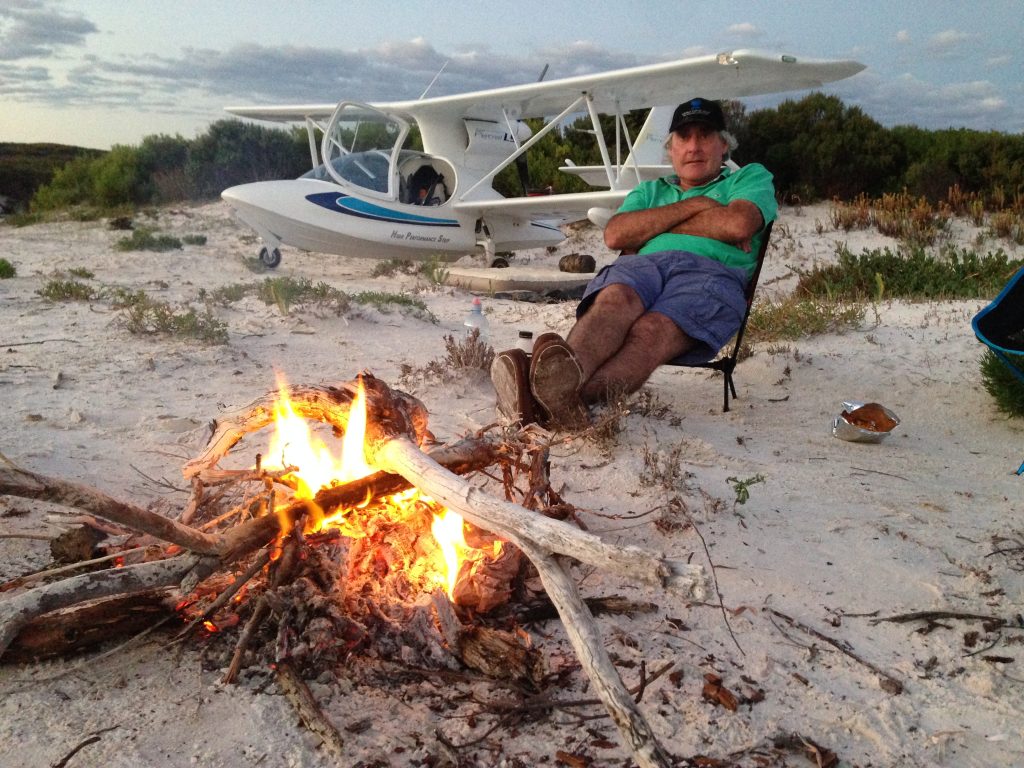
Very few of those matters trouble those operating conventional aircraft. Wind socks, the ERSA and “P” charts make critical assessments easy. Something approaching an order of precision is available to the seaplane pilot, but only as a result of training and experience.
Erring on the side of caution is critical. Discipline, checks and the concept of a “sterile cockpit” are extremely important. The water equivalent of a “gutzer” has rather more serious consequences than its terrestrial equivalent. It’s not a case of enduring the chuckles of bystanders while the aircraft is jacked up, its wheels lowered as it is towed or trailered a short distance to the maintenance hangar – with an engineer muttering imprecations directed to the hapless pilot. Landing with the wheels down on water can be attended with serious consequences for both occupants and aircraft.
The risks involved in water flying are illustrated by the fact that I am unaware of any underwriter who will insure for “floating-hull” endorsement training. Thus, the risks must be carried by the school.
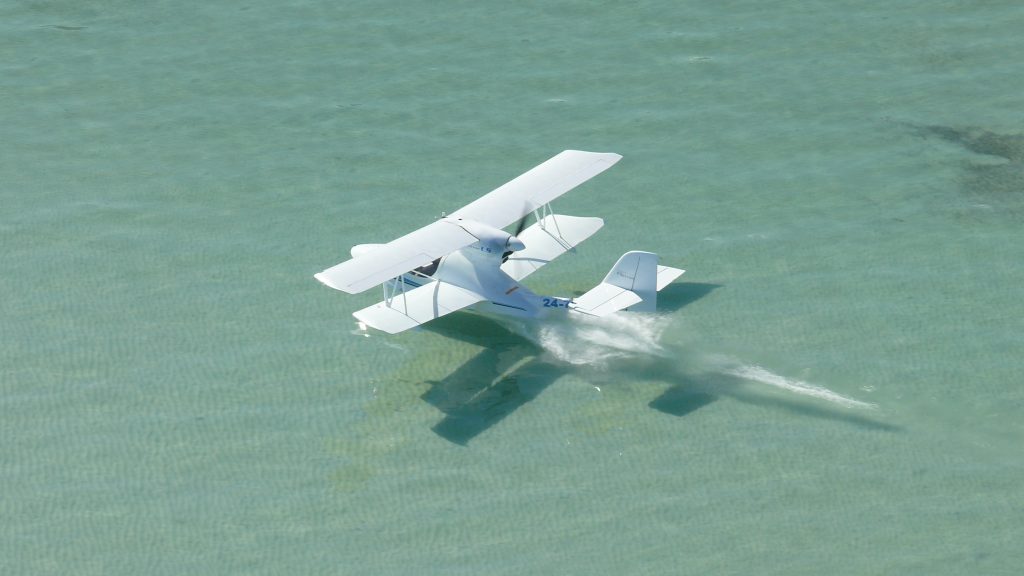
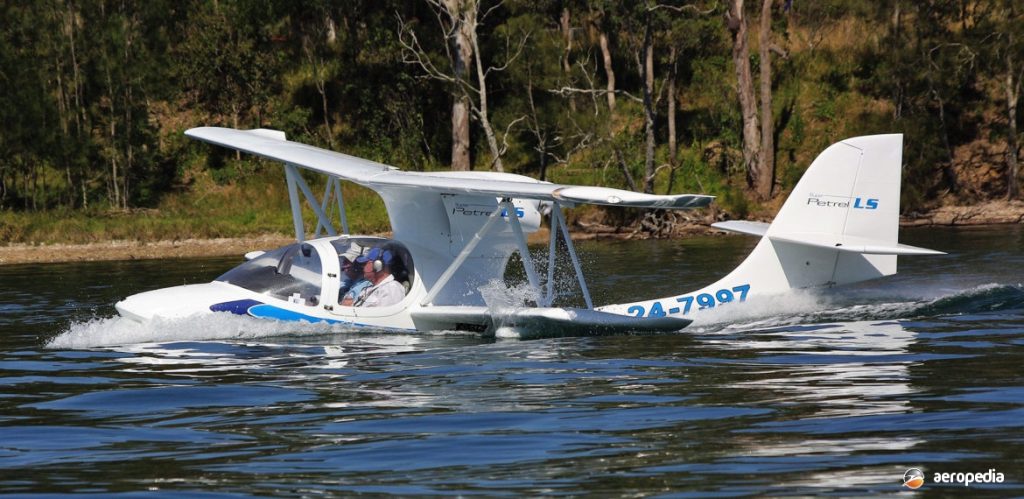
The insidious corrosive effects of salt water suffered by boats are magnified when it comes to aircraft, too. Maintenance costs are prodigious. Hence, the much higher training cost.
Weather conditions are more critical. They may be ideal for conventional operations but water conditions may make flying ill-advised. The result is that it is unwise to plan on a period of concentrated flying to achieve the endorsement.
A Boat Driver’s Licence is required, and seaplanes are not terribly manoeuvrable – they like to weathercock. There are no brakes, and few can reverse. Most do not have water rudders which tend to be ineffective compared with the authority of the rudder of a boat – particularly partnered with a good breeze.
Masters of vessels have no conception of these limitations. They will come close for a look. The “rules of the road”, especially the sound signals indicating a vessel’s intention to turn or reverse are essential knowledge as is the meaning of marine markers. To end up aground or worse, on a shoal which holes the hull as a result of navigating on the wrong side of a marine marker highlights the need for a thorough knowledge of relevant maritime regulations. Students with boating experience have an edge, however — much of the time involved in the endorsement is spent on the water, not only in learning and becoming proficient in handling the aircraft, but also in identifying and reacting to subtle stimuli which only comes with practice.
A lot of hard work? Yes. Costly? Certainly, but the opportunities for sheer enjoyment and fun which come of the “floating hull” endorsement are priceless.
